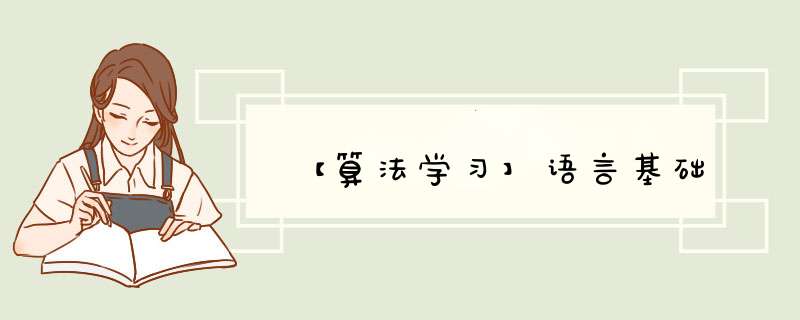
//初始化一个int型数组nums
vector<int> nums;
//初始化一个大小为n的数组nums,数组中默认都为0
vector<int> nums(n);
//初始化一个元素为1、3、5的数组nums
vector<int> nums{ 1, 3, 5 };
//初始化一个大小为n的数组,其值全部为2
vector<int> nums(n, 2);
//初始化一个二维int数组dp
vector<vector<int>> dp;
//初始化一个大小为m*n的布尔数组dp;
//其中的值都为true
vector<vector<bool>> dp(m, vector<bool>(n, true));
下面是它的成员函数
//返回数组是否为空
bool empty();
//返回数组的元素个数
size_type size();
//返回数组最后一个元素的引用
reference back();
//在数组尾部插入一个元素val
void push_back(const value_type& val);
//删除数组尾部的元素
void pop_back();
下面举一个例子
#include 利用索引访问很高效,从尾部增删元素也很高效。而从中间或头部增删元素要涉及迁移数据,很低效,所以要从算法层面避免。
字符串string常见用法
string s;
string s = "abc";
//返回字符串长度
size_t size();
//判断字符串是否为空
bool empty();
//在字符串尾部插入一个字符c
void push_back(char c);
//删除字符串尾部的字符
void pop_back();
//返回从索引pos开始,长度为len的子字符串
string substr(size_t pos, size_t len);
举例说明
#include //初始化一个key为int,value为int的哈希表
unordered_map<int, int> mapping;
//初始化一个key为string,value为int数组的哈希表
unordered_map<string, vector<int>> mapping;
哈希表的值可以是任意类行,但是键只能是特定类型,一般使用int、string。
常见的成员函数
//返回哈希表的键值对个数
size_type size();
//返回哈希表是否为空
bool empty();
//返回哈希表中key出现的个数,可用于判断键是否存在于哈希表中
size_type count(const key_type& key);
//通过key消除哈希表中的键值对
size_type erase(const key_type& key);
常见使用方法
#include 使用方括号访问键时,若key不存在,则会自动创建key
哈希集合unordered_set //初始化一个存储int的哈希集合
unordered_set<int> visited;
//成员函数如下
//返回哈希集合中键值对个数
size_type size();
//返回哈希集合是否为空
bool empty();
//类似哈希表,如果key存在则返回1,否则返回0
size_type count(const key_type& key);
//向集合中插入一个元素key
pair<iterator, bool> insert(const key_type& key);
//删除哈希集合中的元素key,如果删除成功则返回1,如果key不存在则返回0
size_type erase(const key_type& key);
//初始化一个存储int的队列
queue<int> q;
//其常用成员函数
//判断队列是否为空
bool empty();
//返回队列中元素的个数
size_type size();
//将元素加入队尾
void push(const value_type& val);
//返回队头元素的引用
value_type& front();
//删除队头元素
void pop();
队列简单,但C++不会像其他语言那样pop时返回对应元素
所以一般是这样处理的
int e = q.front(); q.pop();
//初始化一个int类型的堆栈
stack<int> stk;
//其成员函数
//返回堆栈是否为空
bool empty();
//返回堆栈中元素的个数
size_type size();
//在栈顶添加元素
void push(const value_type& val);
//返回栈顶元素的引用
value_type& top();
//删除栈顶元素
void pop();
欢迎分享,转载请注明来源:内存溢出

 微信扫一扫
微信扫一扫
 支付宝扫一扫
支付宝扫一扫
评论列表(0条)